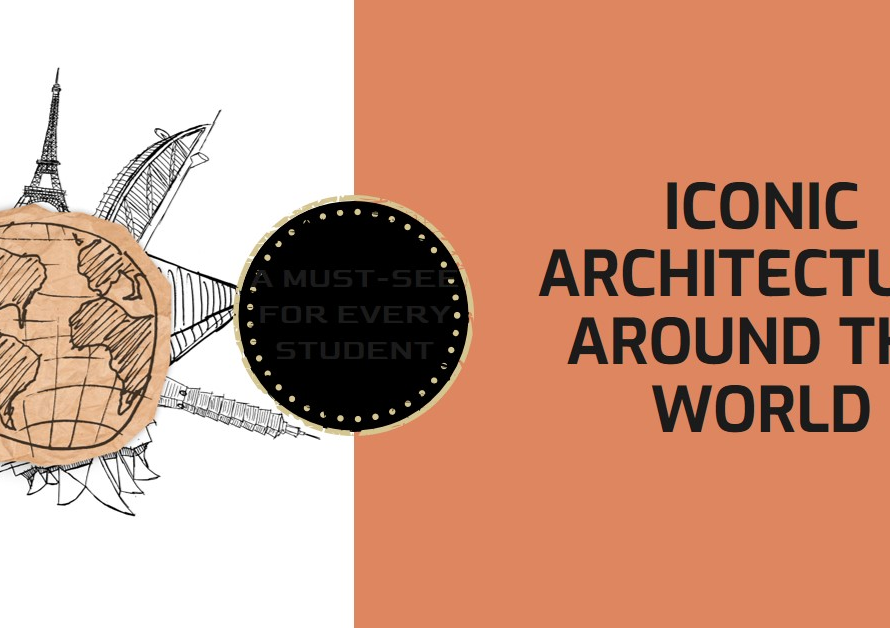
Table of Contents
- Introduction: The Rise of Interior Design
- Economic Factors: Fueling the Demand
- Lifestyle Changes: Shaping Modern Spaces
- The Influence of Social Media: A Double-Edged Sword
- Diverse Career Opportunities: Beyond Residential Design
- The Importance of Education and Certification
- The Role of Technology: Transforming Design Practices
- Sustainability: A Growing Trend
- The Business Aspect: Building a Successful Career
- Conclusion: A Promising Future
Introduction: The Rise of Interior Design
The field of interior design has seen remarkable growth in recent years, driven by evolving lifestyles, increasing disposable incomes, and a heightened appreciation for aesthetically pleasing and functional living spaces. As individuals and businesses alike strive to create environments that reflect their personalities and brand identities, the demand for skilled interior designers continues to soar.
In this blog post, we will explore the various factors contributing to this burgeoning demand, examine the diverse opportunities available within the field, and outline why a career in interior design promises a bright and fulfilling future. By the end, you’ll understand why interior design is not just a profession but a thriving and dynamic industry.
Economic Factors: Fueling the Demand
One of the primary drivers behind the increasing demand for interior designers is the robust economic growth observed globally. As economies expand, so does the construction of new residential, commercial, and public spaces. With this construction boom comes a need for professional interior designers who can transform raw spaces into functional, beautiful environments.
Additionally, rising disposable incomes allow more individuals to invest in their living and working spaces. People are now willing to spend more on high-quality furnishings, décor, and design services. This willingness to invest in interior design is not limited to wealthy individuals; it spans a broad demographic, further amplifying the demand for skilled designers.
Lifestyle Changes: Shaping Modern Spaces
Modern lifestyles have undergone significant transformations, influencing how people view and utilize their spaces. With more people working from home, the need for well-designed home offices has become paramount. Similarly, the emphasis on wellness and sustainable living has prompted many to seek designs that incorporate natural elements, energy-efficient solutions, and ergonomic furniture.
These lifestyle shifts necessitate the expertise of interior designers who can create spaces that not only meet functional requirements but also enhance the well-being of the occupants. By incorporating elements such as biophilic design, flexible layouts, and smart home technologies, interior designers are helping people live healthier, more productive lives.
The Influence of Social Media: A Double-Edged Sword
Social media platforms like Instagram, Pinterest, and Houzz have revolutionized the way people approach interior design. On one hand, these platforms have made it easier for designers to showcase their work and reach a global audience. On the other, they have raised the expectations of clients who are constantly exposed to a plethora of stunning interiors online.
This phenomenon has led to an increased demand for interior designers who can create Instagram-worthy spaces. Clients now seek professionals who can bring their Pinterest boards to life, resulting in a steady stream of projects for designers. Moreover, the visibility and influence that designers gain through social media further enhance their career prospects and business opportunities.
Diverse Career Opportunities: Beyond Residential Design
While residential design remains a significant segment of the interior design industry, there are numerous other avenues for designers to explore. Commercial design, including office spaces, retail environments, and hospitality venues, offers a wealth of opportunities. Each of these sectors requires specialized knowledge and skills, presenting unique challenges and rewards.
Moreover, interior designers can branch out into niche areas such as healthcare design, where creating healing environments is paramount, or educational design, where the focus is on fostering learning and creativity. The diversity of career paths within interior design means that professionals can find their niche and pursue their passions, whether it’s creating luxurious homes or innovative public spaces.
The Importance of Education and Certification
As the demand for interior designers grows, so does the need for well-educated and certified professionals. Formal education in interior design provides a strong foundation in design principles, space planning, color theory, and materials. Many programs also offer hands-on experience through internships and projects, which are invaluable for building a portfolio.
Certification, such as the National Council for Interior Design Qualification (NCIDQ), further validates a designer’s expertise and commitment to the profession. It demonstrates to clients and employers that the designer has met industry standards and is equipped to handle complex design challenges. Thus, pursuing education and certification is crucial for those looking to excel in this competitive field.


The Role of Technology: Transforming Design Practices
Technology has had a profound impact on the interior design industry, revolutionizing the way designers work and interact with clients. Tools like computer-aided design (CAD) software, virtual reality (VR), and augmented reality (AR) have made it possible to create detailed, immersive visualizations of proposed designs.
These technological advancements not only enhance the design process but also improve communication with clients. Clients can now experience their future spaces in a virtual environment, making it easier to provide feedback and make informed decisions. Consequently, designers who embrace these tools can deliver more accurate and satisfactory results, setting themselves apart in a competitive market.
Sustainability: A Growing Trend
Sustainability has become a key consideration in interior design, driven by increasing awareness of environmental issues and the desire to create healthier living environments. Clients are seeking eco-friendly materials, energy-efficient solutions, and sustainable practices in their design projects.
Interior designers play a crucial role in promoting sustainability by selecting materials that have a low environmental impact, designing for energy efficiency, and incorporating elements that enhance indoor air quality. By staying informed about sustainable practices and continuously educating themselves, designers can meet the growing demand for green design and contribute to a more sustainable future.
The Business Aspect: Building a Successful Career
A career in interior design is not just about creativity and aesthetics; it also involves understanding the business side of the profession. Successful interior designers need to manage projects, budgets, and client relationships effectively. Developing strong communication and organizational skills is essential for ensuring projects run smoothly and meet client expectations.
Additionally, marketing and networking play a significant role in building a successful interior design career. Designers must promote their services, establish a solid brand, and build a network of clients and industry contacts. By combining creative talent with business acumen, interior designers can build a thriving practice and achieve long-term success.
Conclusion: A Promising Future
The growing demand for interior designers underscores the vitality and potential of this career path. As economic factors, lifestyle changes, technological advancements, and sustainability trends continue to shape the industry, opportunities for interior designers are bound to expand.
For those passionate about creating beautiful and functional spaces, a career in interior design offers a dynamic and rewarding journey. By investing in education, embracing technology, and honing business skills, aspiring designers can position themselves at the forefront of this ever-evolving field, ensuring a bright and promising future.



